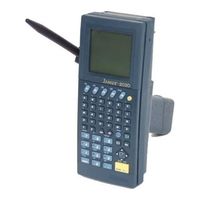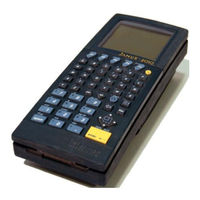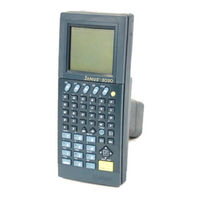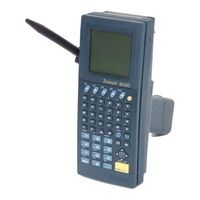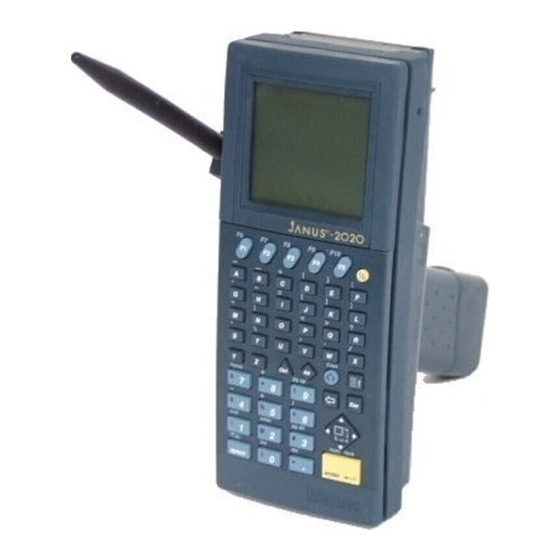
Intermec Janus 2020 Manuals
Manuals and User Guides for Intermec Janus 2020. We have 7 Intermec Janus 2020 manuals available for free PDF download: User Manual, Reference Manual, Quick Reference Manual
Advertisement
Intermec Janus 2020 Reference Manual (250 pages)
Intermec Janus 2010: Reference Guide
Table of Contents
Intermec Janus 2020 Quick Reference Manual (117 pages)
JANUS 900 MHz Terminal Emulation for the Model 200 Controller
Table of Contents
Advertisement
Intermec Janus 2020 Quick Reference Manual (22 pages)
Communications Dock
Brand: Intermec
|
Category: Docking Station
|
Size: 0 MB
Table of Contents
Intermec Janus 2020 Quick Reference Manual (12 pages)
for the JANUS 2020 series
Brand: Intermec
|
Category: Battery Charger
|
Size: 0 MB
Table of Contents
Advertisement
